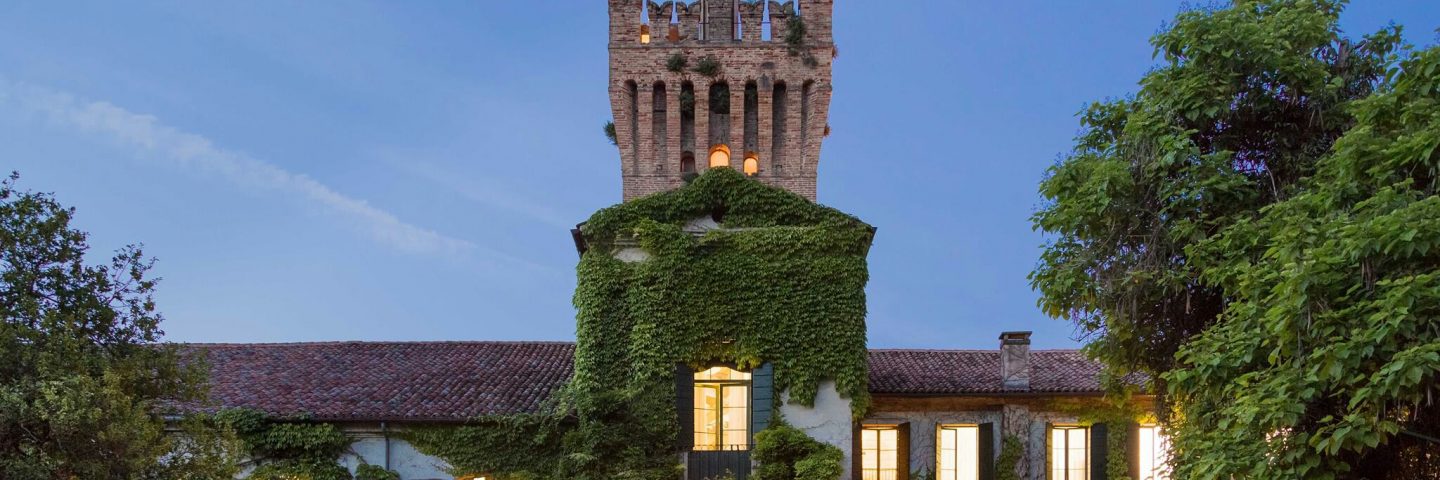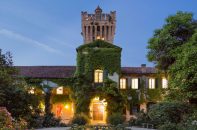
Immersed in a beautiful park, stands the Castello di San Pelagio, building dating back to the Middle Ages. The Castrum is remembered because it was the starting point of the flight on Vienna of 1918 by Gabriele D’Annunzio, the poet. Today it is owned by the Counts Zaborra, who inhabit the castle from 1700. After many renovations, from 1980 the plexus is used as a museum, “Museo dell’aria e dello spazio”.
The museum shows the history of the human flight experience using the point of reference of the D’Annunzio company that took place between 1917-1919. You can also visit all the other rooms that complete the museum. Each room is dedicated to an important exponent of the human enterprise of the flight, from Leonardo da Vinci to Jacques Montgolfier and also Samantha Cristoforetti.
The wonderful garden surrounding the house is one of the most beautiful parks in the Veneto region. Among the many beauties found inside it is of great importance the Labyrinth that is inspired by the myth of Icaro.
The castle is also a perfect location for events, ceremonies, business meetings and weddings. The various rooms available can all be equipped with modern audio-video systems and they can host from 20 to 200 people.
The Castello di San Pelagio offers you the possibility to use the banqueting for organize: business breakfasts, coffee breaks, lunches at the table or buffet and elegant gala dinners. For information, bookings, guided tours, events, see the website.

Via S. Pelagio, 50, 35020 Due Carrare PD